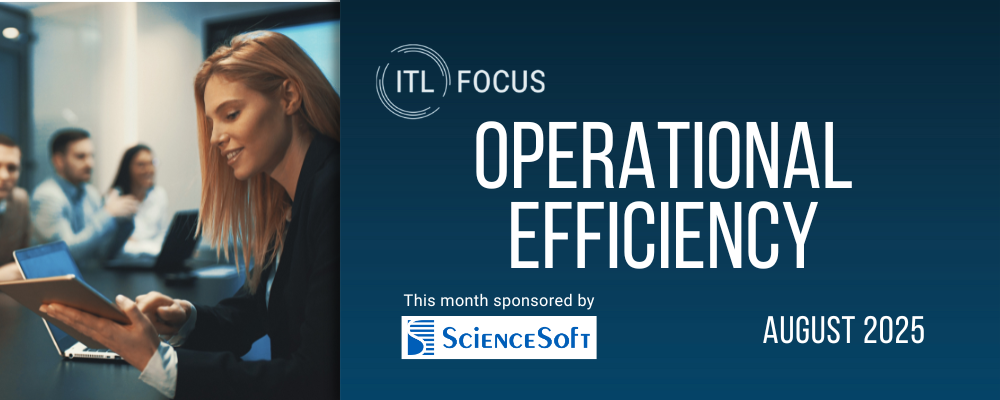Amid the buzz surrounding ChatGPT, it’s helpful to consider another application of AI that seems to have hit a wall: self-driving vehicles.
Google’s Waymo unveiled the first driverless car in late 2015, and so many bullish predictions followed. For example, Lyft President John Zimmer predicted half the company’s rides would happen in fully autonomous cars by 2020.
What’s the reality? A recent expert panel discussion in the Wall Street Journal pegged the commercial availability of Level 5 self-driving vehicles (i.e., zero human input required, zero restrictions) at 2035.
Progress has been made. Today, over 60% of cars sold in the U.S. have Level 2 capabilities, equipped with dynamic cruise and lane assist (Tesla’s Autopilot is Level 2).
A question worth asking is: What is the Level 2 reality of AI in insurance today?
The first use case is the automation of rote work that people--especially young people--don’t want to do, at seemingly any price. American Family, for example, raised their minimum wage to $23 an hour for mid- and back-office positions, in moderately priced Wisconsin. And they’re automating in response.
The second use case is telematics and AI on the product side. Progressive’s pioneering Snapshot usage-based auto product is the leading example here. Another is Hartford Steam Boiler’s use of sensor data and AI to help predict machine breakdown and prevent the costly freezing and bursting of pipes.
A third use case emerging is operational intelligence.
What’s really going on in that sea of cubicles? What’s really working in work from home? A landmark study from IDC asserts inefficiency costs the average business 20% to 30% of revenue annually. Unclear boundaries, poor system integration, complacency and redundancy are the culprits, and they exist because leaders lack insights into them. If you can’t measure it, you can’t manage it.
With platforms such as ours at Skan, combining computer vision and AI, measurable insights have arrived.
Viewed one way, digitally observing humans and the tools they use as they’re using them is about Big Brother surveillance. Viewed another way, it’s about player stats toward continuous player and team improvement. As analytics have affected every major sport, operational intelligence is changing insurance by creating new ways to evaluate, build and manage human teams.
See also: The Key to 'Augmented Intelligence'
Operational intelligence also enables new modes of work. A younger (or any) person may not be interested in processing claims for $23 an hour, but they seem interested in a gamified version of claims processing where they get paid for results, outputs, competing against their peers in the next cubicle or 10 states or an ocean away. Maybe the solution to the rising hourly wage problem is doing away with the hourly wage?
New ways to manage, new ways to work. As Progressive uses AI to transform driver intelligence into new premium and profit, insurers are using AI to transform operational and worker intelligence into new margin.
Come 2035, we may indeed have Level 5 self-driving cars, as well as Level 5 claims processers and sales agents operating at new levels of efficiency and effectiveness. Until then, let’s use the tools at hand to empower humans to find new ways to manage and work in service to other humans.
Let’s focus on replacing time-based cultures with cultures based on performance underpinned by intelligence. Let’s create modes of work that are more engaging and ultimately rewarding for the employee and the enterprise.








